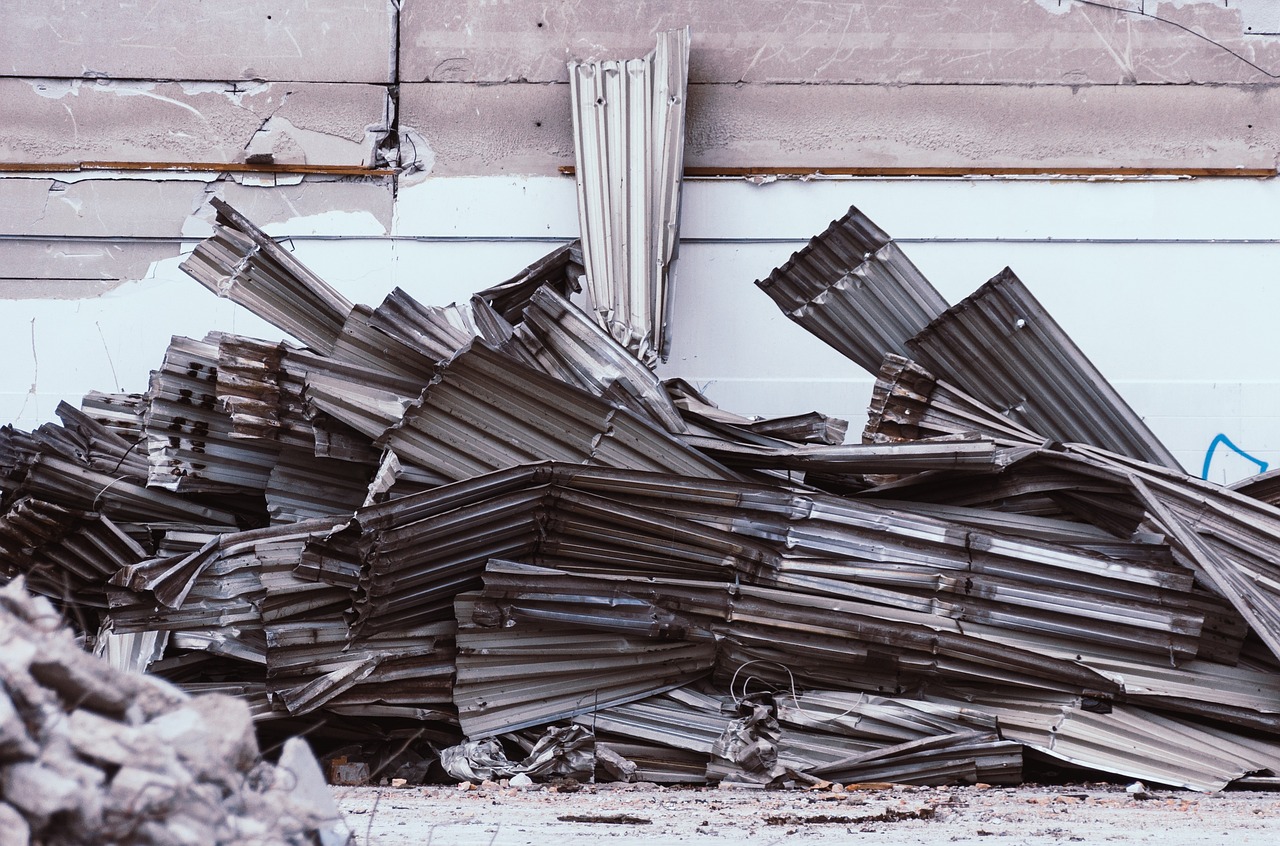
XRF Technology
A high-tech enterprise focusing on the development and application of X-ray technology products, committed to becoming a leading supplier of X-ray industrial testing solutions.
How Accurate Is an XRF Gun? Factors Affecting Its Performance Explained
X-ray fluorescence (XRF) guns have revolutionized various industries, from environmental testing to metal recycling and quality control in manufacturing. These handheld devices offer a non-destructive method for analyzing materials to determine their elemental composition. However, many users wonder: how accurate is an XRF gun? In this blog post, we will delve into the factors that affect the accuracy of XRF measurements and how they can influence results.

Terras EulerX900 Handheld Alloy Analyzer
Understanding XRF Technology
Before we explore the accuracy of XRF guns, it’s essential to understand how they work. XRF technology involves the emission of X-rays into a sample material. When these X-rays interact with the atoms within the material, they cause the atoms to emit secondary X-rays. The energy and intensity of these emitted X-rays are then analyzed to identify and quantify the elements present in the sample.
Key Factors Affecting Accuracy
1. Calibration
Proper calibration is crucial for any analytical instrument, including XRF guns. The accuracy of readings can be significantly impacted by how well the device is calibrated. Calibration involves comparing the instrument's readings against known standards. If an XRF gun is not calibrated correctly or regularly, its accuracy can diminish over time.
2. Sample Composition
The elemental composition of the sample being analyzed plays a significant role in the accuracy of XRF measurements. Some elements may interfere with the readings of others, leading to inaccurate results. For instance, lighter elements may become difficult to detect in the presence of heavier elements due to their lower excitation energy. Understanding the matrix of the sample is vital for interpreting results accurately.
3. Surface Condition
The condition of the sample’s surface can also influence the accuracy of XRF analysis. Rough, dirty, or oxidized surfaces can scatter emitted X-rays, resulting in lower signal intensity and potentially skewed results. For optimal accuracy, samples should ideally be clean and smooth. In some cases, a thin layer of contamination can significantly affect readings, leading to misinterpretation of the material’s composition.
4. Measurement Time
XRF analysis often requires specific measurement times to achieve reliable results. Short measurement times may yield less accurate data due to insufficient counts of emitted X-rays. Conversely, longer measurement times generally improve accuracy by collecting more data; however, they might not always be practical in field conditions. Balancing measurement time with the need for accuracy is essential.
5. Operator Skill and Training
The expertise of the operator using the XRF gun is another critical factor affecting accuracy. Proper training in how to handle the device, interpret data, and understand potential interferences can significantly improve measurement outcomes. Operators who are familiar with the equipment and its limitations are better equipped to produce reliable results.
6. Environmental Conditions
Environmental factors such as temperature, humidity, and ambient radiation can impact the performance of XRF guns. High humidity can affect the electronics of the device, while extreme temperatures may alter the physical properties of the sample, leading to inaccurate readings. Users should be aware of their operating environment to mitigate these effects.

Terras EulerX900 Handheld Alloy Analyzer
7. Elemental Range
XRF guns are typically more effective at detecting certain elements than others. For example, heavy metals like lead and mercury are easily detectable, while lighter elements such as lithium or beryllium may be challenging to quantify accurately. The design and energy range of the XRF gun play a role in determining which elements can be reliably measured.
The EulerX 900 series proved to be an excellent choice for metal analysis in a wide fields, providing fast, accurate results directly to the user. Thanks to its cutting-edge electronics and sophisticated mathematical algorithms, the EulerX 900 series ensures superior measurement quality within seconds. This makes it an ideal tool for inspecting and analyzing incoming materials, finished products, and in-process production parts in a non-destructive manner. Its simplicity of operation allows users to quickly view alloy grade and chemical composition on the touch screen display, achieving laboratory-quality analysis with minimal training and virtually no need for sample preparation, regardless of the sample is shape or size.
Conclusion
The accuracy of an XRF gun is influenced by various factors, including calibration, sample composition, surface condition, measurement time, operator skill, environmental conditions, and the elemental range of the device. Understanding these factors is crucial for anyone looking to utilize XRF technology effectively.
By paying attention to these variables, users can enhance the reliability of their measurements and ensure they are making informed decisions based on accurate data. Whether you’re in manufacturing, environmental science, or another field, a well-maintained and properly operated XRF gun can provide invaluable insights into material composition.
Join Us
Subscribe to our email list for updates & promotions.



